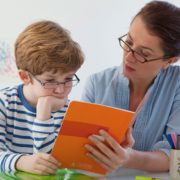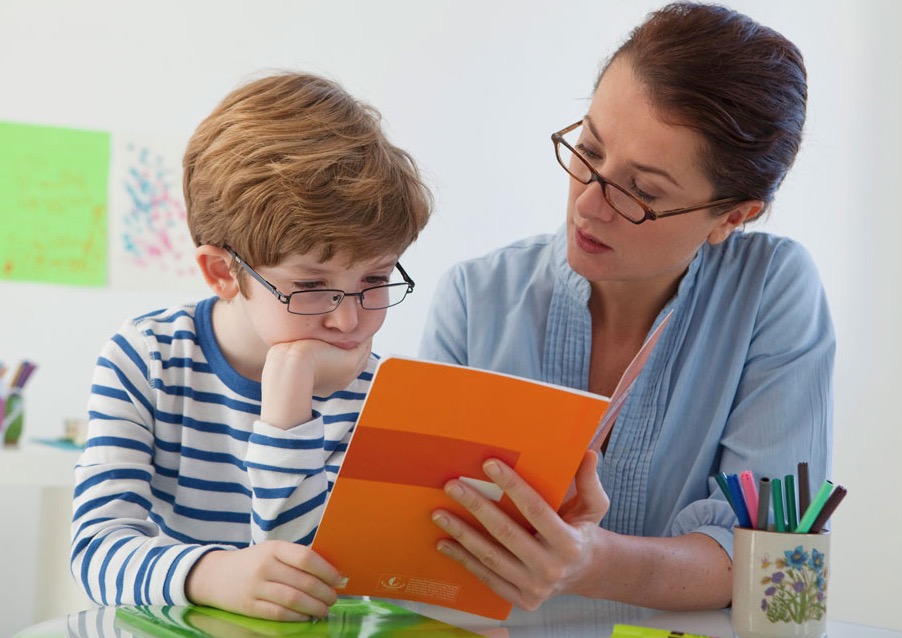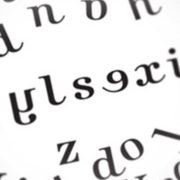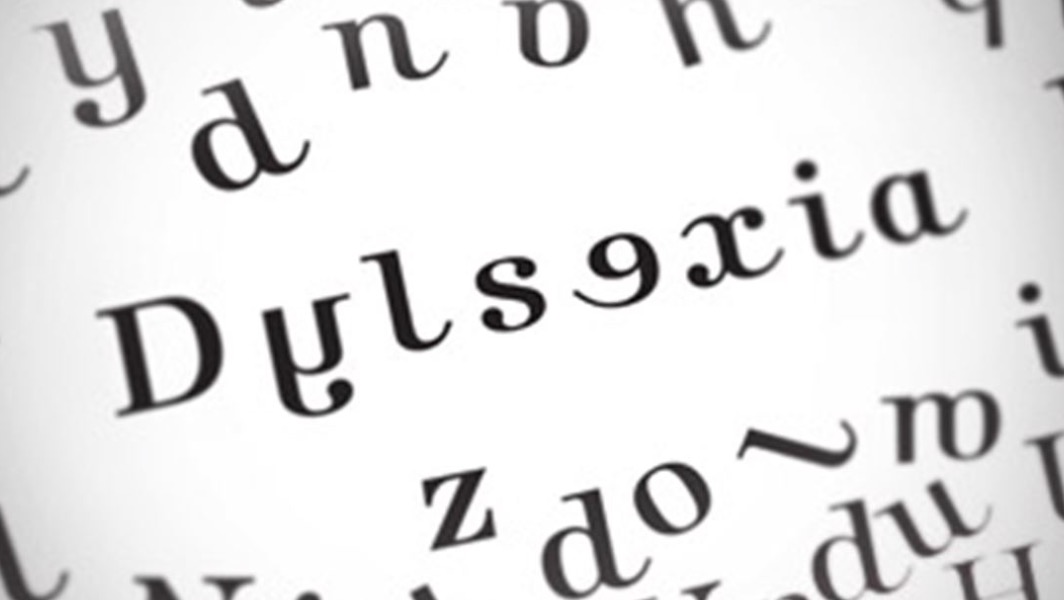Brain Trauma Linked To Secondary ADHD
Brain Trauma Linked To Secondary ADHD
Brain Trauma Linked To Secondary ADHD
According to a new study published in the Journal of the American Medical Association, children who experience a severe head injury may struggle with secondary ADHD as they grow older.
What is Secondary ADHD?
Secondary ADHD relates to symptoms that fall out of the three core ADHD symptoms of hyperactivity, impulsivity and attention-deficit disorder.
The following are Secondary symptoms of ADHD:
• Irritability
• Forgetfulness
• Disorganization
• Low frustration tolerance
• Emotional lability
• Temper tantrums and aggressive, defiant behavior
• Problems with visual and/or auditory perception
• Learning difficulties
• Impaired social relationships with parents, teachers, friends
What did the Study Demonstrate?
The study showed that children who sustained a severe traumatic brain injury are three times more likely to develop ADHD by the time they begin middle school.
To be clear, we are not talking about a simple concussion. This type of brain injury is more severe than a concussion, and one that prompted at least one night spent in the hospital.
This form of injury to the central nervous system and the brain, in particular, may cause the brain to not function as well as before.
This study does not answer whether the ADHD is present from the time of the head injury or whether it develops over time.
Children playing contact sports should not necessarily draw any conclusions from this study and should understand that this information is still new. Regardless, It is important to remember that concussion recovery is very different than more severe brain injury recovery.
Just because a child has experienced a concussion and has some attention problems that doesn’t mean that those problems won’t resolve over time. It is important to be aware that the risk is not as great compared to more severe injuries. However, doctors parents and educators should keep a close watch on kids who suffered a severe head injury early in childhood, even years after the injury.
Dr. Gordon is an experienced ADHD expert. He is devoted to helping you learn more about ADHD and find solutions for each individual’s needs. Please feel free to contact us for any concerns or questions regarding ADHD about yourself, or a loved one.
The Pathways team of professionals has helped thousands of people with ADHD. We are Dedicated to effective and compassionate care for individuals with neurological challenges.
The post Brain Trauma Linked To Secondary ADHD appeared first on Pathways Neuropsychology Associates.
Source: Pathways Neuropsychology
Brain Trauma Linked To Secondary ADHD




















